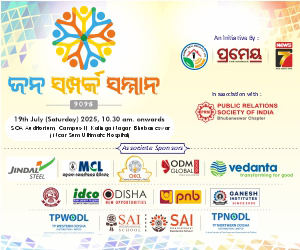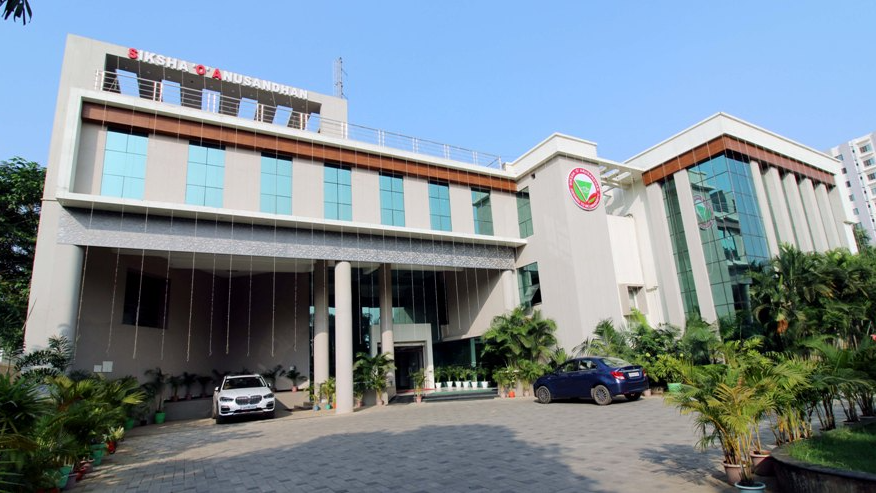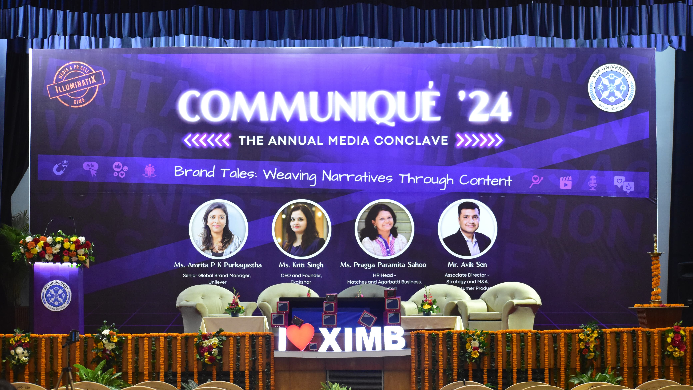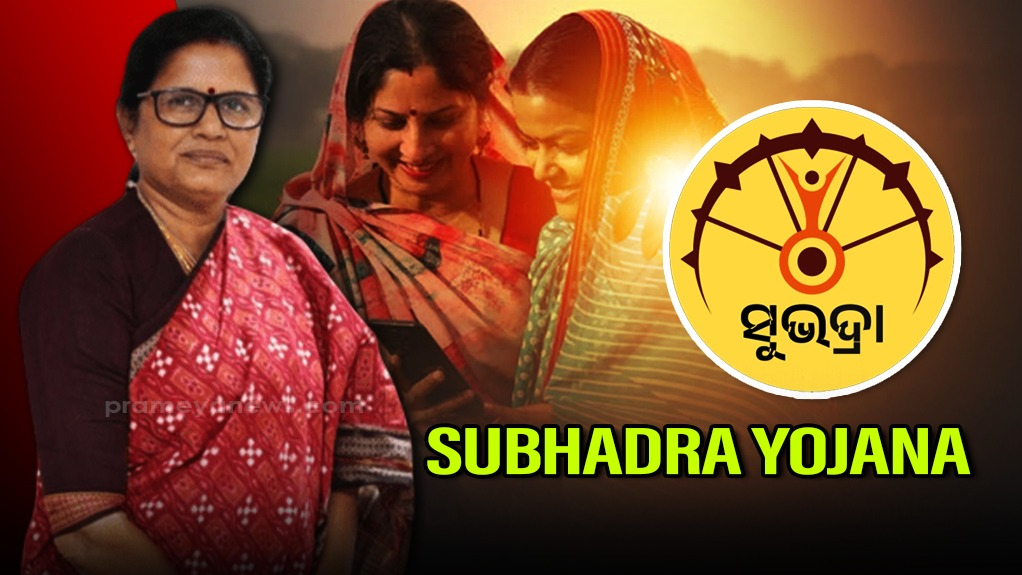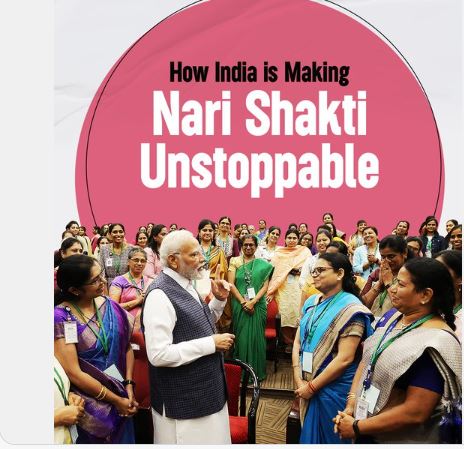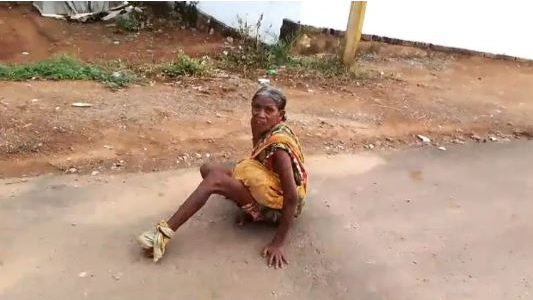The Forgotten Revolutionary Saheed Kartar Singh Sarabha
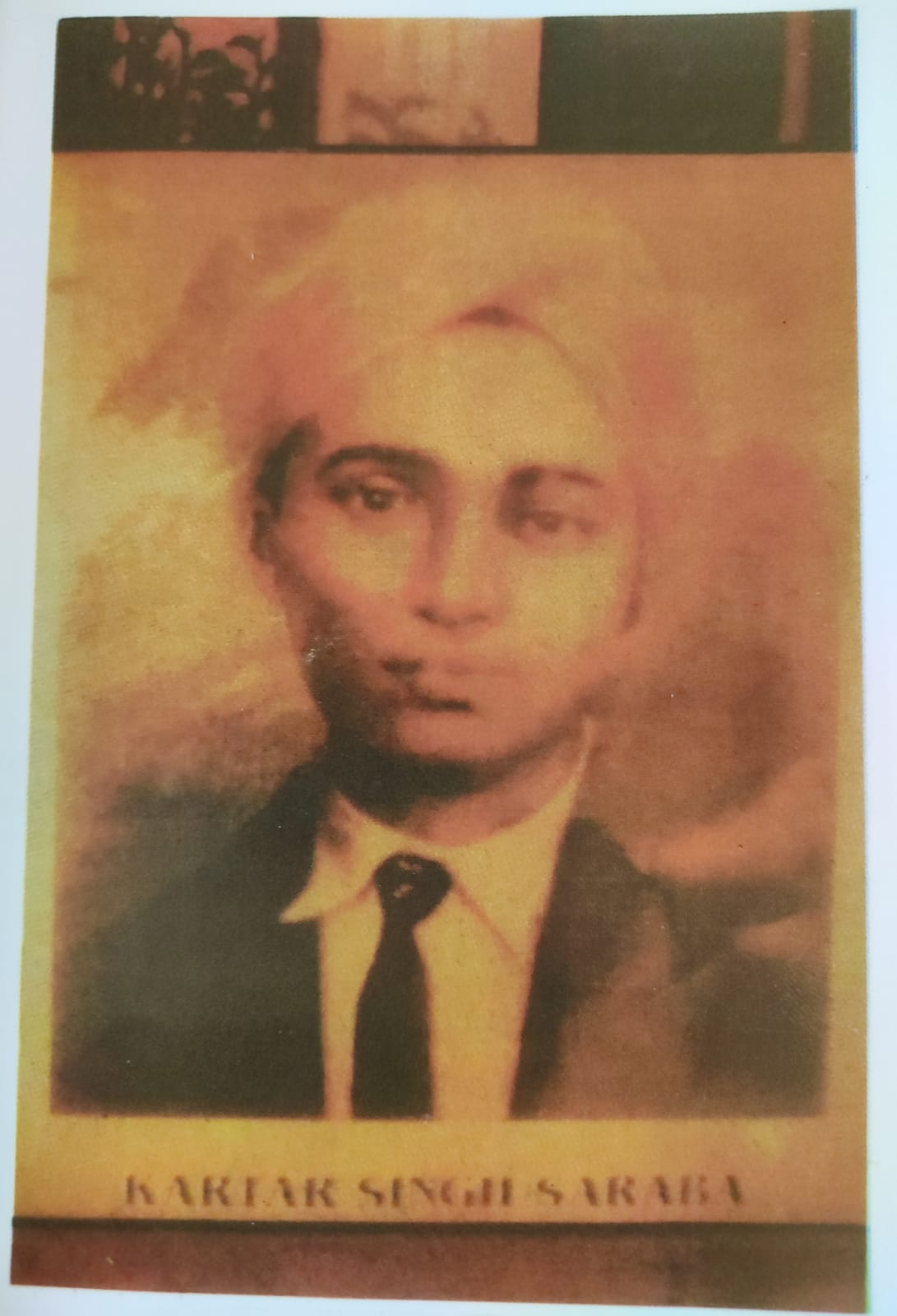
Sudhansu Sekhar Bhuyan and Biswaranjan Sasmal “Bestow the title of ‘Rebel’ upon me after I die a brave and courageous death. If anyone remembers me,let it be as “Kartar Singh, the Rebel”. Resting eternally in peace on the lotus lap of the Goddess of War, Rana Chandi Saheed Kartar Singh Sarabha must be having some solace seeing the year-long celebration of ‘Azadi Ka Amrit Mahotsav’ and the commemoration on completion of 75 years of India’s Independence. Kartar Singh Sarabha was only 19 when he was executed by the British in the year 1915. While, his life was snuffled out in the best years of youth, his afterlife remains, long after his mortal departure. Sarabha’s legacy inspired the well-known revolutionary, Sardar Bhagat Singh, about whom it was well known that he carried a photo of Sarabha in his pocket at all times, reminding himself of the path ahead. Sarabha and the Ghadar movement were the continuous link between the First War of Independence of 1857, the generation of revolutionaries led by Sardar Bhagat Singh. The philosophy continued with the likes of Rash Behari Bose and Netaji Subhas Chandra Bose, and their efforts to drive out the Imperial forces from India, which finally resulted in the liberation of the Motherland from foreign yoke. History is witness that it was no mere coincidence that as part of the trial of the First Lahore Conspiracy Case, in the aftermath of the failed Ghadar conspiracy, Kartar Singh and his other martyr friends were incarcerated in the Lahore Central Jail in March, 1915 and subsequently hanged in the same Jail on 16 November 1915. In a remarkable coincidence, just a few years later, the case against Bhagat Singh and his martyr friends Sukhdev and Rajguru was also held in the same venue, and they were subsequently hanged on March 23, 1931, in the same Lahore Central Jail. Before he was hanged in the Lahore Conspiracy case, Sarabha intuitively wrote on the walls of Lahore Central Jail: “The blood of the martyrs does not flow in vain!” Over time, in the din and bustle of history, it does appear that the contribution of the great martyr Kartar Singh Sarabha appears to have faded away from the collective memory of the nation. It is worthwhile to recall and reinforce the fact that Sardar Saheed Bhagat Singh considered Sarabha his inspiration in life’s mission, embellishing him with the title of (ustadji), friend, brother and comrade-in-arms; Bhagar Singh carried forward Sarabha’ sun finished mission of liberating the country from the yoke of the British. In the Phansi issue of the “Chand” in November 1928 in an essay on Saheed Kartar Singh Sarabha, Bhagat Singh wrote: “................he was happy even when he was arrested. He would often say, “Bestow the title of ‘Rebel’ upon me after I die a brave and courageous death. If anyone remembers me, let it be as ‘Kartar Singh, the Rebel’. It may be necessary to recall the case of Kartar Singh Sarabha, who was still in his teens at that time, being only eighteen and a half years of age, the youngest among the 42 accused. However, the judge labelled him – ‘He is the most dangerous criminal amongst the accused. There is not a single part during his journey from America and then the conspiracy in India in which he has not played a pivotal role……” The case continued for a year and a half, and finally on the 16th of November, 1915 Kartar Singh Sarabha was sent to the gallows, and hanged to death. It is well known that he remained cheerful even on that day. His weight had gone up by ten pounds. With the clarion slogan of “Bharat Mata Ki Jai on his lips”, he embraced the noose. {"align":"center","id":185816,"sizeSlug":"large","linkDestination":"none"} It therefore is well worth looking at the formative seminal years of the great revolutionary. Sarabha lost his father at the tender age of threeand was brought up by his grandfather Badan Singh Grewal, who moved him from primary school in his village Sarabha to Malwa Khalsa School in Ludhiana; and subsequently, he was shifted to the historical city of Cuttack in Odisha where two of his paternal uncles Sardar Veer Singh and Sardar Bakhsheesh Singh were posted in reasonably high ranks in the then British Government, under the Bengal Province. The Partition of Bengal in 1905 laid the foundation of the revolutionary philosophy and independence in Bengal and Odisha. At Ravenshaw Collegiate School in Cuttack, (1909-1911) his revolutionary and patriotic fervours had started taking concrete shape under the mentorship of the famous Nationalist and the head master late shri Beni Madhab Das, who inspired Subash Chandra Bose, (1909-1913) one year Srabha’s junior in the same school. Undoubtedly, the young Sarabha drew inspiration and guidance from the revolutionary atmosphere prevailing in the school amongst the teachers and fellow students, more particularly his headmaster, the much respected Shri Benu Madhab Das. Not much is known about the relationship of Kartar Singh Sarabha and Subhas Chandra Bose during their school days in Cuttack(1909-1913); that observed, one does find uncanny similarities in their personality, skills of leadership, organisational skill, planning, thinking and writings, and above all their extraordinary courage, confidence and passionate commitment to the cause that they espoused.However, as the subsequent course of their revolutionary journey for liberation of India unfolds, Kartar Singh Sarbha helps Rash Behari Bose in 1915 to escape arrest in the Lahore Conspiracy case; Ras Behari subsequently migrates to Japan and establishes the Indian National Army (INA) and subsequently hands over the baton of leadership to Netaji Subhas Chandra Bose in Singapore in 1942. From Cuttack, Sarabha headed to Ludhiana and then to Berkeley University, California in 1912 in fervent pursuit of his higher studies. Soon he came in contact with Lala Hardayal, Sohan Singh Bhakna, and Pandurang Sadashiv Khankhoje, who formed the “Hindustan Association of Pacific Coast”; this was a precursor to the formation of the Ghadar Party on 1st November 1913. On the same day the newspaper ‘Ghadar’ was also published. After the Ghadar party was established with the express aim and intention of overthrowing the British Government in India, Sarabha the youngest among the founding members began to work with great enthusiasm and took decisions of historical significance, in which an armed struggle to free India was included. The party set up a printing press in San Francisco and brought out its first issue of the Ghadar in Urdu on November 1, 2013 followed by the Punjabi edition on December 13th of the same year. Sarabha was in the editorial board and would pen his revolutionary thoughts single-handedly in Urdu, Gurumukhi, Hindi and English. A student of Chemistry, he soon started learning the use and making of arms and ammunition. He also attempted to learn flying, the birds of the azure skies being his inspiration in the flight for freedom. As part of the preparedness for the ensuing revolution, he was equally comfortable in using pen and pistol with required ease. The Ghadar paper invited the patriots with a typical call: WANTED: Fearless, Courageous Soldiers for launching Ghadar (Mutiny) in India SALARY: Death AWARD : Martyrdom and Freedom PLACE : The Battlefield of India Within two-to-three months of these clarion calls, hordes of Ghadarites started arriving in India by sera in several ships. Many leaders were arrested or detained on arrival in India or ordered to be confined to their villages. Kartar Singh Sarabha was prominent in organising the scattered groups, building contacts in the regiments, and collecting funds and arms. The uprising was foiled by the alertness of the British Authorities followed by arrests on an unprecedented scale. Over 275 were tried in a series of eight conspiracy trials and another eight arms dacoity and murder trials. Forty-six of the convicts were executed; the youngest of them was Kartar Singh Sarabha. Seventy Ghadarites were imprisoned and transported for life and 125 convicts were punished to other varying terms of imprisonment. A large number of the rebellious sepoys were executed following court-martial. The price the Ghadarites had to pay was disproportionately high, even in those times of Authoritatian Governance. Before he was hanged in the historic Lahore Central Jail on 16.11.1915, Sarabha wrote on the walls of the jail: “The blood of martyrs does not flow in vain! It shall bear fruit!” Even while Sardar Sarabha was being taken on his final journey to be hanged, he said the following words in poignant prediction to the Superintendent of Lahore Central Jail: “Superintendent Sahib, don’t think that Kartar Singh is dead. Every drop of my blood will be born again as Kartar Singhs and they will work for the independence of the country.” In the hours before his hanging on November 16, 1915, he wrote one last poem, which he sang on the way to the gallows: “On the judgment dayBefore the godsThese will be my words, my statement:I am a servant of IndiansIndia belongs to meYes, Indian I amOne hundred percent IndianIndian is my blood and my casteThis is my only religionMy only tribe, my only clanI am a particle of the ravaged India’s ruinsThis is the only name I haveThe only hallmark, the only addressOh, Mother India this was not to be my fate…My good fortuneThat with every movement of mineI could have worshipped your feetO Mother IndiaIf my head is offeredMy life is sacrificedIn your serviceThen, I would understandEven in my deathI will attainA life of eternity”. It is a great travesty of our history and its narration that every word, every thought and every wish of this forgotten hero has over a period of time come true. It is great poetic justice that on 24 May 2022, we, as a nation, are celebrating the 126th Birth Anniversary of this great revolutionary Martyr Kartar Singh, the “Rebel” with grateful tributes, oblation and martial salute. Before we end this write up, we would like to acknowledge that we have sourced the above facts and writings from various available materials in books, newspaper articles, seminar papers and internet sources authored by Shri Jitendra Nath Sanyal, Prof. Chaman Lal, Prof. Harish K. Suri, Prof Gurnam Singh, Manraj Grewal Sharma and Pawanjot Kaur. This list is by no means complete, and several others who have not been mentioned, deserve our heartfelt gratitude for preserving the work and spirit of the great martyr for posterity. It is also equally true that several of the historical facts relating to the life and times of Saheed Kartar Singh Sarabha have been irretrievably lost to us and are perhaps impossible to retrieve. However, recently we have established a ‘Revolutionary Archive’ in Ravenshaw Collegiate School Cuttack, the Alma Mater of Saheed Kartar Singh Sarabha and Netaji Subhas Chandra Bose with a fervent hope that we shall be able to retrieve parts of their history and their time spent in the school. We would earnestly beseech everyone to help support the Archive and source and share relevant materials including related oral history with the Head Mistress of the Ravenshaw Collegiate School Cuttack. (Sudhansu Sekhar Bhuyan and Biswaranjan Sasmal are Civil Servants and opinion expressed is personal.)
Latest News
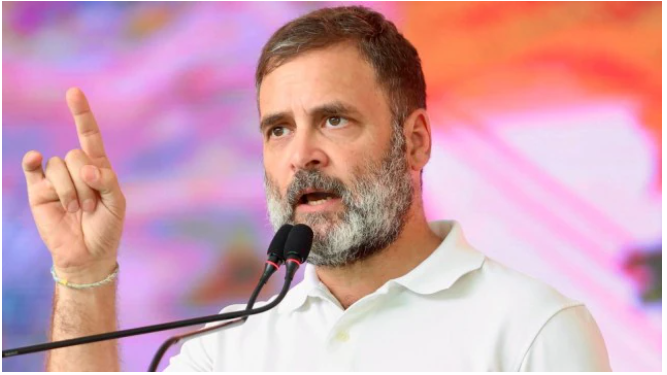
Nothing less than a murder by BJP's system: Ra...
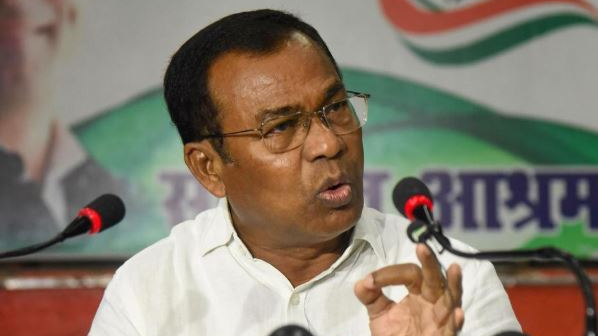
Odisha Congress calls for statewide ‘bandh’ on...
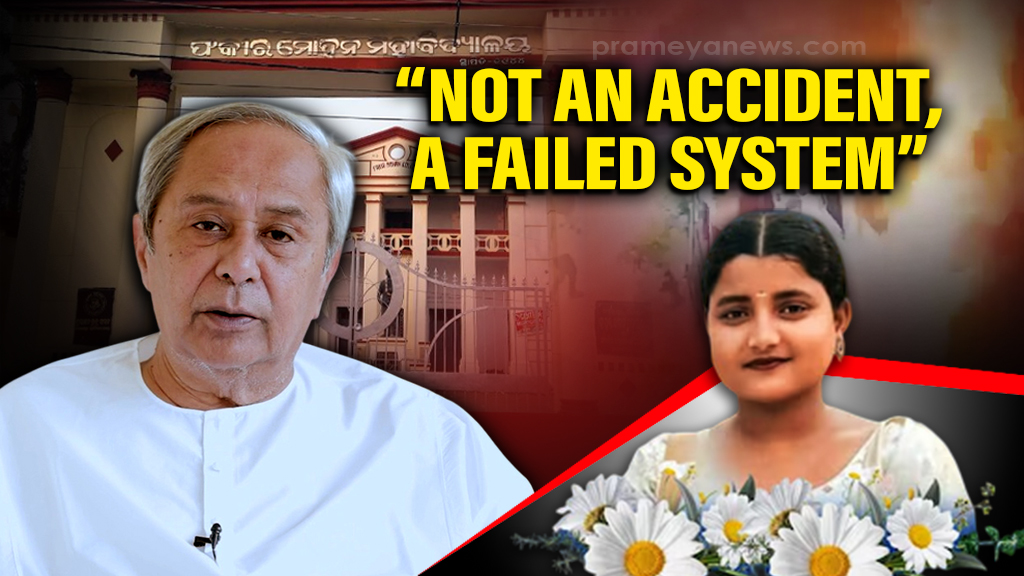
FM college student death: Opposition Leader Na...

UK Regulator Flagged Boeing 787 Fuel Switches...
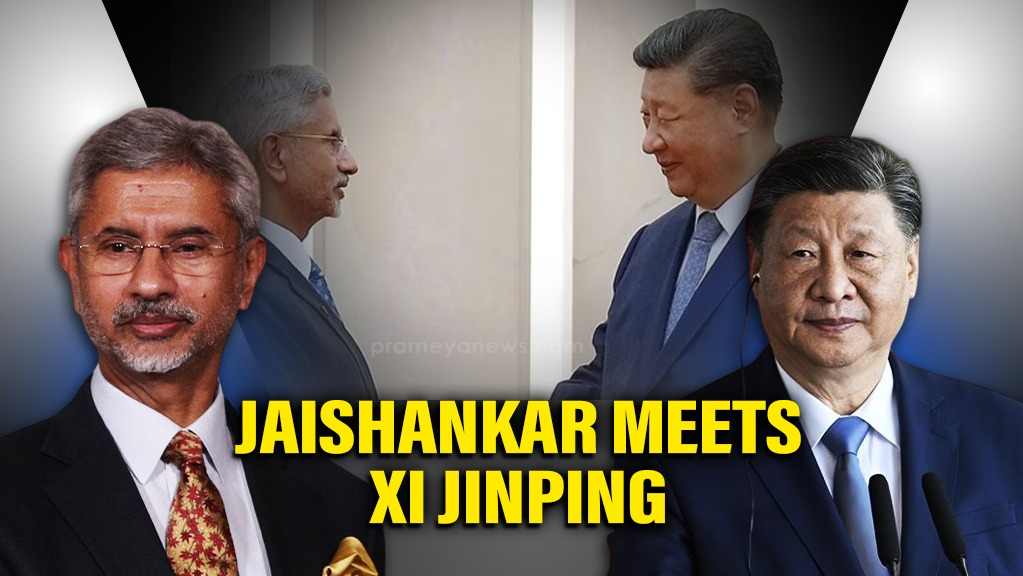
Jaishankar Meets Xi Jinping in First Major Tal...
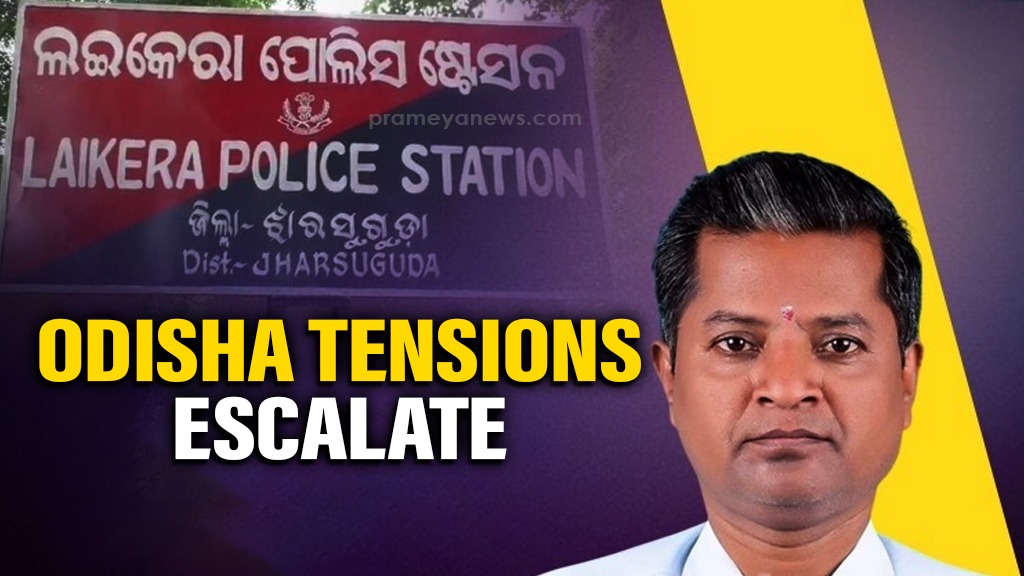
After Balasore outrage, Another shock as teach...
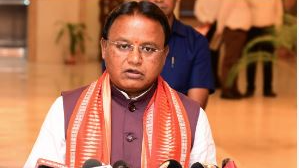
FM College student’s death: Odisha CM Mohan Ma...
Copyright © 2024 - Summa Real Media Private Limited. All Rights Reserved.










